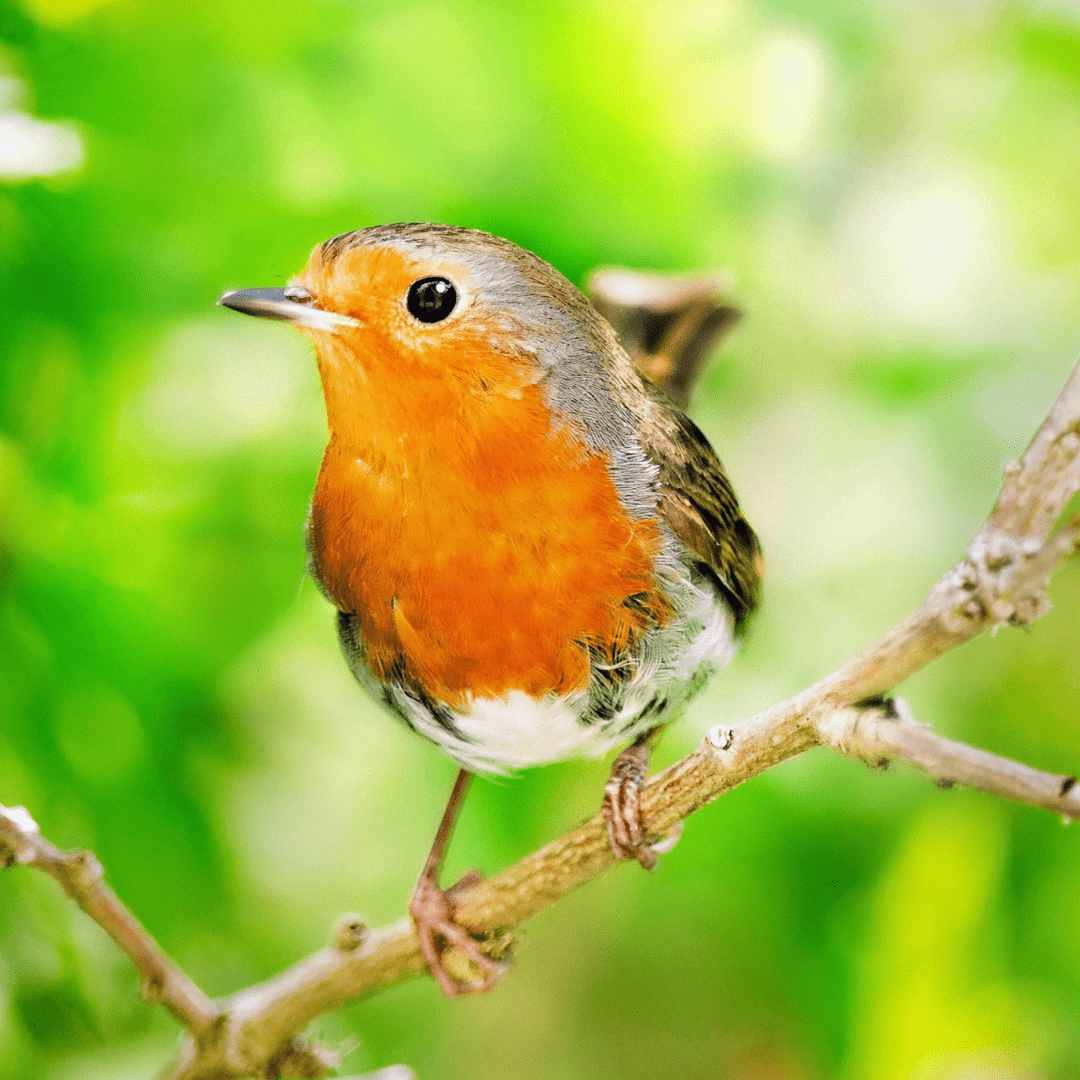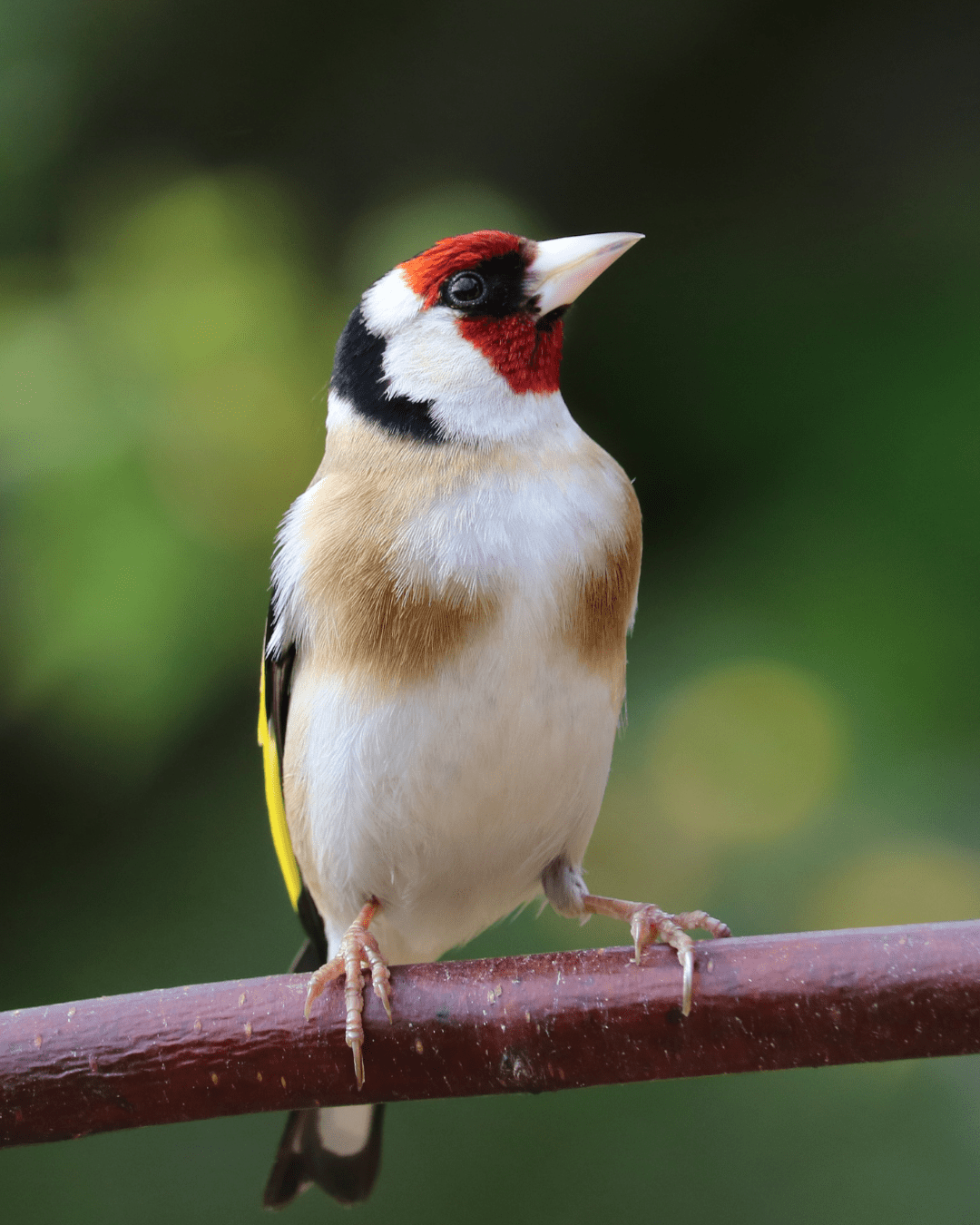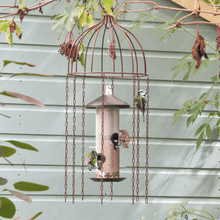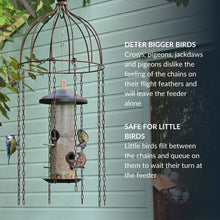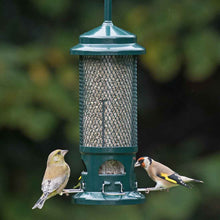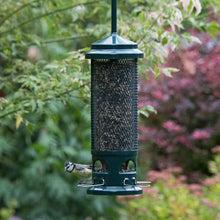A Garden Birdwatcher’s Guide to the Swallow
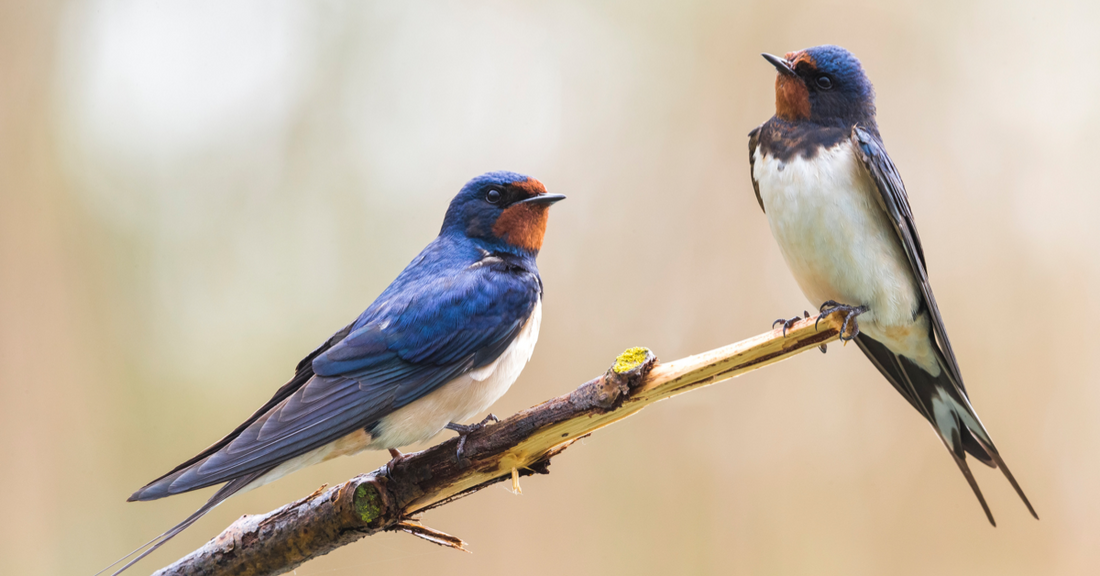
Swallows are one of my all-time favourite birds. You won’t find them hopping about on bird feeders, but if you’re walking in open countryside – especially near farmland – you might spot them swooping and diving overhead. They’re often confused with swifts because of their agile flight and their love of catching insects mid-air, but the two aren’t actually closely related.
The barn swallow is easy to recognise from below: a deep red throat, glossy blue-black back, clean white belly, and that unmistakable forked tail with long streamer-like feathers. These incredible little travellers journey around 6,000 miles from their wintering grounds in South Africa to spend the summer here in the UK. They prefer to nest in outdoor buildings like barns, stables or cowsheds, where they can fly straight in and out and find a high ledge or beam to build their nest.
Swallows like to live near large animals such as cows and horses – partly because livestock attract flying insects – so the decline in traditional dairy farming has reduced their nesting options. Thousands of years ago, when people didn’t yet keep animals, swallows were likely far rarer. They’d have built nests in cave entrances instead.
Nest building is a serious job. A swallow pair will make around 1,200 trips in two weeks to collect enough wet mud and plant material to create the perfect cup-shaped nest. Unsurprisingly, they’re fans of recycling – they’ll often return to the same nest year after year, patching it up rather than starting from scratch. They’ll also use artificial swallow nests if they’re in the right place, especially if a ready supply of wet mud is nearby.
The males arrive first, about two weeks ahead of the females, singing loudly and defending potential nesting sites. A female will judge his suitability partly by his tail – longer, more symmetrical streamers suggest a healthier bird and better survival odds. Once paired, they’ll raise two or even three broods of four to five speckled eggs, which hatch after about two weeks. The chicks fledge at around 18 to 23 days old.
Swallows have long been surrounded by folklore. It’s said they’ll only nest where peace and happiness reign – and that destroying a swallow’s nest brings terrible luck. If you see them flying low, rain may be on the way (though it’s more to do with insects flying closer to the ground in humid weather). Sailors once wore swallow tattoos as a badge of honour, with each bird marking 5,000 nautical miles travelled. And of course, there’s Aristotle’s line: “One swallow does not a summer make.”
Even so, the sight of a swallow zipping across the sky always feels like summer’s truly arrived. By late September, they gather in their thousands around reedbeds, feasting and fuelling up before beginning their epic journey back to Africa in search of winter sun.
Ready to deepen your connection with the birds in your garden? Discover more about your feathered friends and how to attract them to your space with Amidst the Birdsong: A Garden Birdwatcher's Journal. This beautifully crafted journal is the perfect companion for anyone looking to observe and learn about the birds visiting their garden. Start your birdwatching journey today – click here to learn more.




